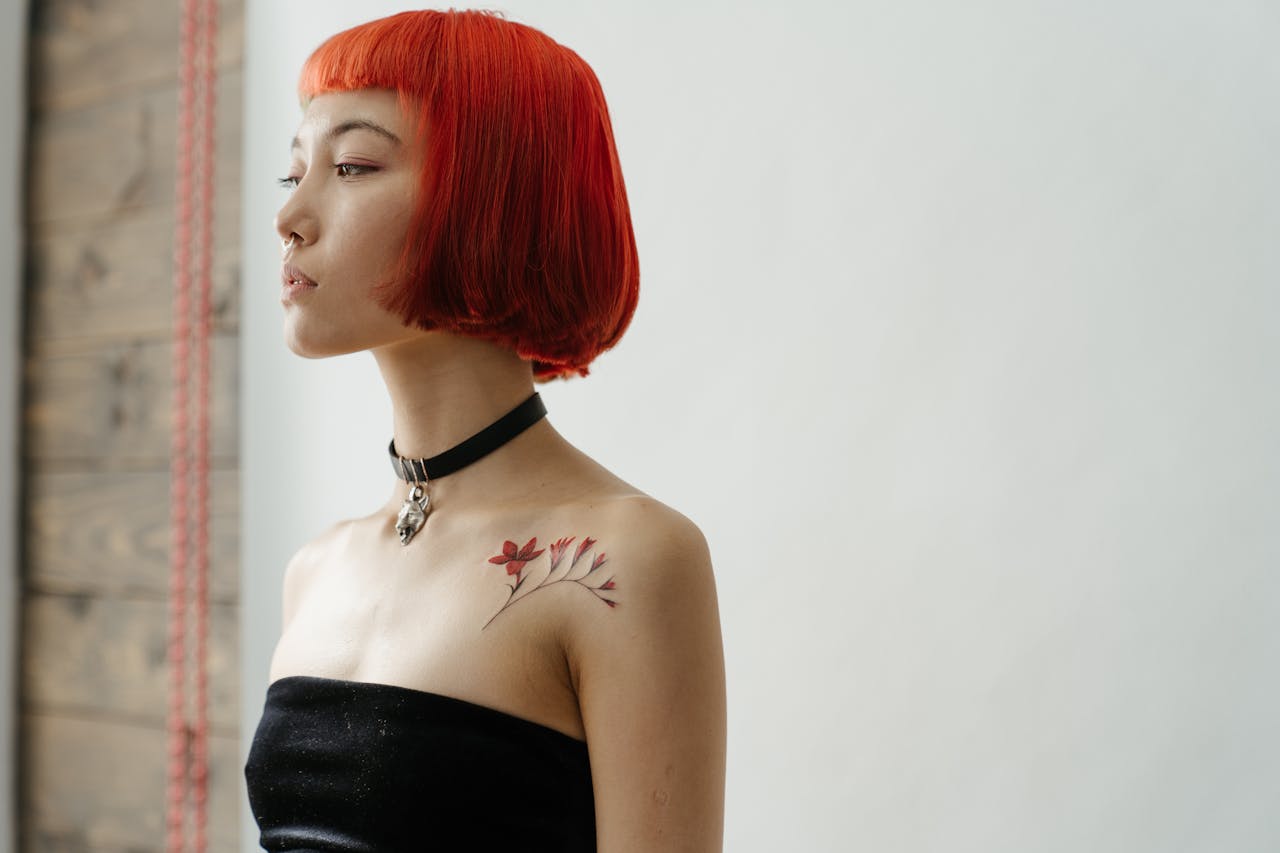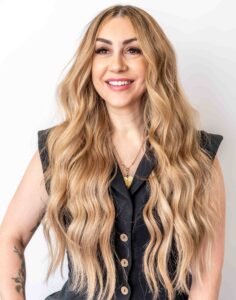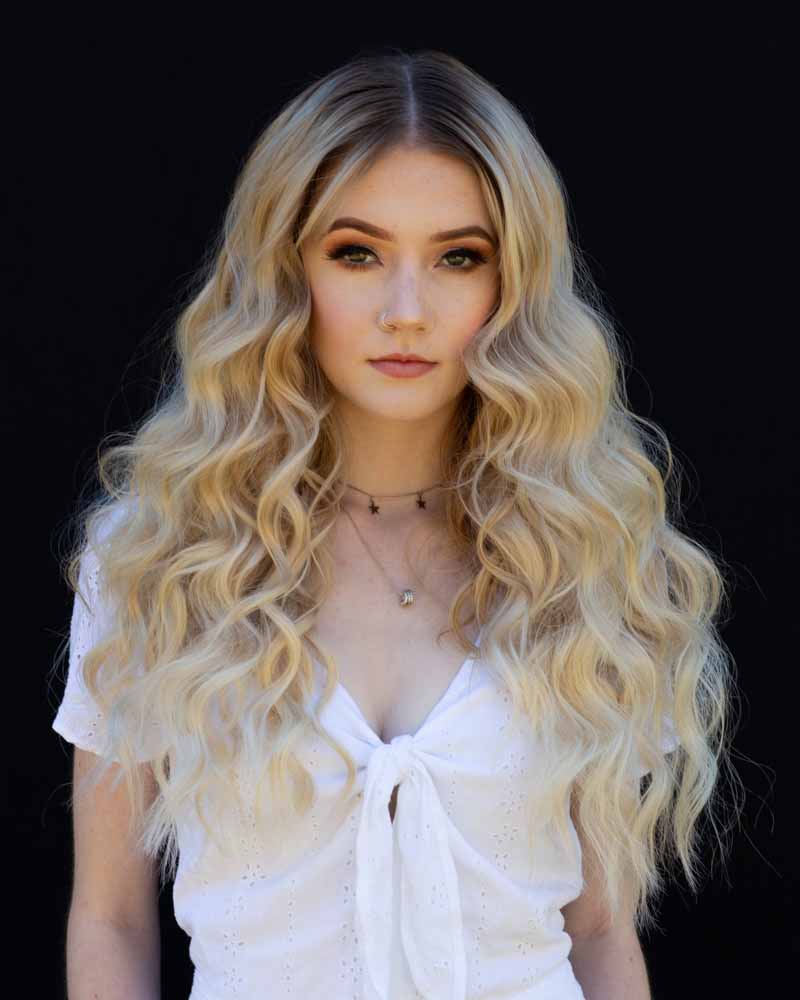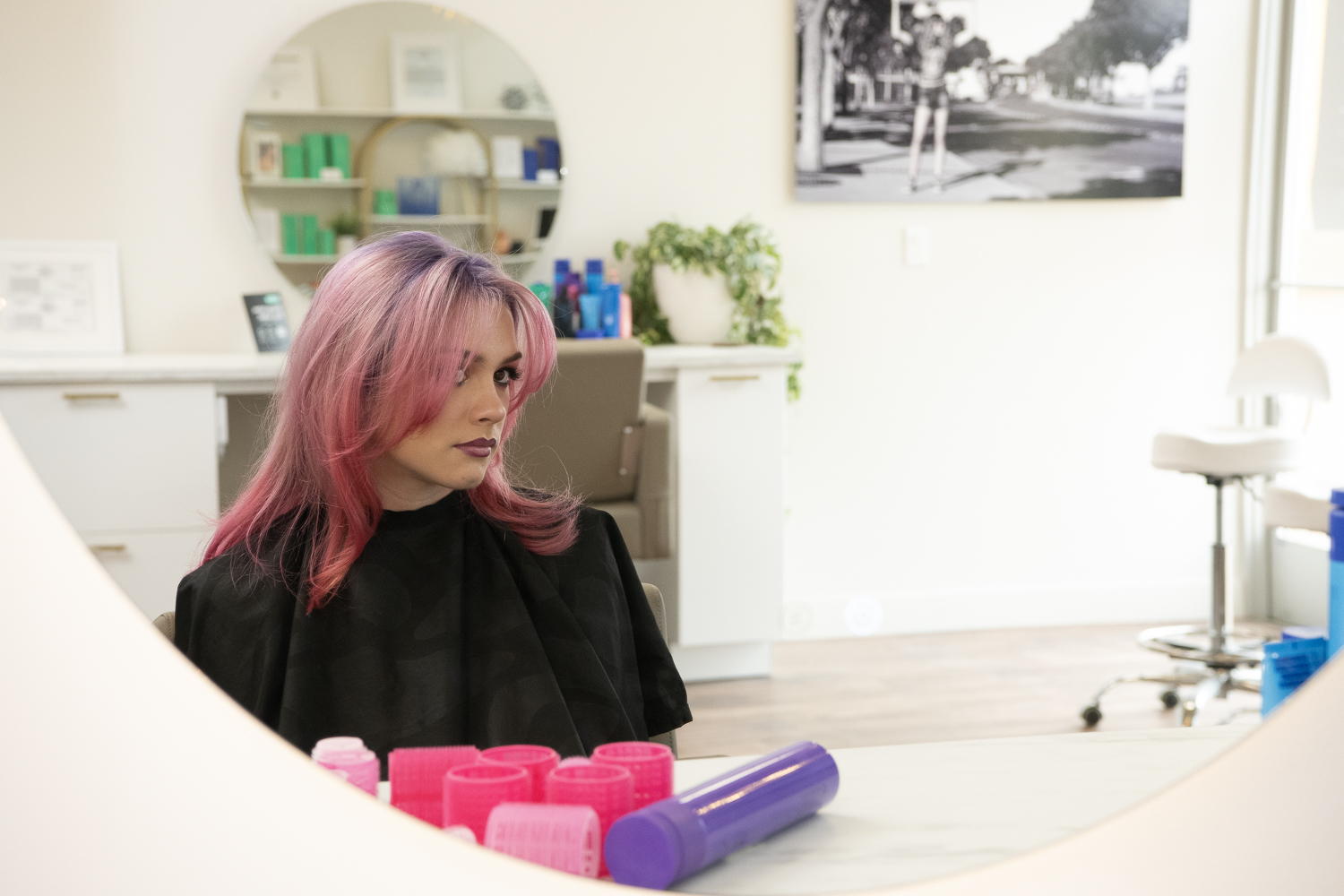Hair coloring is a common practice for many people seeking to change their appearance, cover gray hair, or experiment with different styles. While it can offer a significant transformation, there are concerns about the potential damage it may cause to hair. This comprehensive guide will explore the effects of hair coloring, the types of hair dyes available, the science behind hair coloring, potential damage, ways to minimize harm, and tips for maintaining healthy, colored hair.
Hair coloring has been practiced for thousands of years, with early methods using natural ingredients like henna and indigo. In modern times, hair dyeing has evolved with the development of synthetic dyes and advanced application techniques. Despite its popularity, there are ongoing debates about whether hair coloring is damaging to hair. This guide aims to provide a detailed understanding of the impact of hair coloring and offer practical advice for maintaining healthy hair.

Types Of Hair Coloring
Permanent Hair Color
Permanent hair color involves a chemical process that changes the hair’s structure to allow the color to penetrate the hair shaft. It usually contains ammonia and peroxide, which open the hair cuticle and remove natural color, respectively. The new color is then deposited within the hair shaft. This type of coloring offers long-lasting results but is also the most damaging.
Semi-Permanent Hair Color
Semi-permanent hair color coats the hair shaft without penetrating deeply. It does not contain ammonia or peroxide, making it less damaging. However, it gradually fades with washing, typically lasting about 4-6 weeks. It’s a good option for those who want a less permanent change or to enhance natural color.
Temporary Hair Color
Temporary hair color sits on the surface of the hair and washes out after one or two shampoos. It’s the least damaging type of dye and is ideal for those looking for a short-term change. These dyes are often used for special occasions or to try out a new color without commitment.
Natural Hair Dyes
Natural hair dyes, such as henna, indigo, and cassia, are derived from plants. They are generally less damaging than synthetic dyes and can condition the hair while coloring it. However, they may not provide as wide a range of colors and can be less predictable in their results.
The Science Behind Hair Coloring
Hair Structure
Hair is composed of three main layers: the cuticle, the cortex, and the medulla. The cuticle is the outermost layer, consisting of overlapping cells that protect the inner layers. The cortex, the middle layer, contains the pigment (melanin) that gives hair its natural color and provides strength and elasticity. The medulla is the innermost layer, present in thicker hair strands.
How Hair Dye Works
Hair dye works by interacting with the hair’s natural pigment and structure. Permanent hair dyes use ammonia to open the cuticle and peroxide to remove the natural color. The new color molecules are then deposited into the cortex and oxidized to develop the final color. Semi-permanent and temporary dyes coat the hair shaft or penetrate slightly, depositing color without significantly altering the hair’s natural pigment.
Potential Damage From Hair Coloring
Chemical Damage
The chemicals used in hair dyes, especially permanent ones, can cause significant damage. Ammonia and peroxide can strip the hair of its natural oils and proteins, leading to dryness, brittleness, and breakage. Repeated coloring can exacerbate these effects, weakening the hair over time.
Physical Damage
The process of coloring hair, including brushing, combing, and applying the dye, can cause physical damage. This can result in split ends, breakage, and a rough hair texture. The use of heat tools to style colored hair can further contribute to physical damage.
Allergic Reactions
Some people may experience allergic reactions to hair dye ingredients, particularly para-phenylenediamine (PPD), a common component in permanent dyes. Reactions can range from mild itching and redness to severe swelling and blistering. It’s essential to perform a patch test before using a new dye to identify any potential allergies.
Minimizing Hair Damage
Choosing The Right Products
Selecting high-quality hair dyes and products designed for colored hair can help minimize damage. Look for dyes that are free from harsh chemicals like ammonia and PPD. Products with added conditioners and nourishing ingredients can help protect and repair the hair during the coloring process.
Pre-Treatment Care
Preparing the hair before coloring can reduce the risk of damage. This includes using deep conditioning treatments and ensuring the hair is in good condition. Avoid washing the hair immediately before coloring to maintain natural oils that protect the scalp and hair.
Post-Treatment Care
After coloring, it’s crucial to use products specifically designed for colored hair. These products help maintain the vibrancy of the color and provide essential moisture and nutrients. Avoid washing the hair too frequently and use lukewarm water to prevent color fading and dryness.

Tips For Healthy, Colored Hair
Regular Trims
Regular trims are essential for maintaining healthy hair, especially for colored hair prone to split ends and breakage. Trimming every 6-8 weeks can help keep the hair looking fresh and prevent further damage.
Proper Washing Techniques
Using sulfate-free shampoos and conditioners designed for colored hair can help preserve the color and prevent dryness. Avoid using hot water, which can strip the hair of its natural oils and cause the color to fade faster. Washing the hair less frequently can also help maintain its health and color.
Use Of Conditioners And Treatments
Conditioning treatments are vital for keeping colored hair healthy. Deep conditioning masks and leave-in conditioners can provide extra moisture and repair damage. Look for products with ingredients like keratin, argan oil, and coconut oil, which help strengthen and nourish the hair.
Conclusion
Hair coloring, while a popular and effective way to change one’s appearance, can have damaging effects on the hair if not done correctly. Understanding the types of hair dyes, the science behind how they work, and the potential risks involved is essential for making informed decisions. By choosing the right products, preparing the hair properly, and following post-treatment care, it is possible to minimize damage and maintain healthy, vibrant hair. Regular trims, proper washing techniques, and the use of conditioning treatments are crucial for keeping colored hair in optimal condition. Ultimately, with the right approach, you can enjoy the benefits of hair coloring without compromising the health of your hair.
Transform Your Look With Our Premium Hair Coloring
Ready to enhance your style and boost your confidence? Discover the magic of hair coloring at Vamp Salon Extension Studio! Our expert stylists specialize in providing high-quality coloring services that seamlessly blend with your natural hair, adding vibrant shades, depth, and a touch of glamour. Whether you’re aiming for a subtle enhancement or a dramatic transformation, we have the perfect solution tailored just for you.
At Vamp Salon Extension Studio, we use the latest techniques and top-of-the-line products to ensure your hair looks fabulous and feels healthy. From rich brunettes and fiery reds to cool blondes and vibrant pastels, our color specialists will work with you to create a look that turns heads. We offer personalized consultations to understand your hair goals and preferences, crafting a color that perfectly complements you.
Don’t wait to experience the hair of your dreams! Book your appointment today and let our skilled professionals guide you through the process. Click here to schedule your consultation and get ready to fall in love with your new look. Your journey to stunning hair starts now at Vamp Salon Extension Studio! Embrace the change and transform your look with us!
Disclaimer
The information provided on this website is for general informational purposes only. Vamp Salon Extension Studio does not make any warranties about the completeness, reliability, and accuracy of this information. Any action you take upon the information you find on this website (vampsalon.com) is strictly at your own risk. Vamp Salon will not be liable for any losses and/or damages in connection with the use of our website. While we strive to provide accurate and up-to-date content, the beauty industry is constantly evolving, and new techniques, products, and standards may emerge. Therefore, we recommend consulting with our professional stylists for personalized advice and the latest information regarding hair extensions and other services. By using our website, you hereby consent to our disclaimer and agree to its terms. For any further questions or concerns, please contact us directly.







